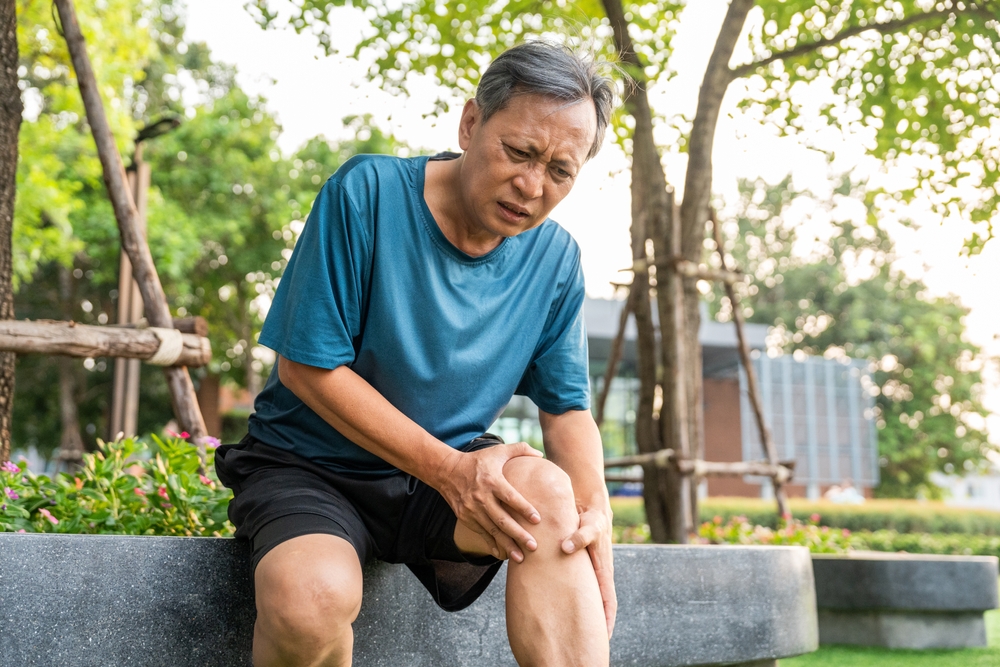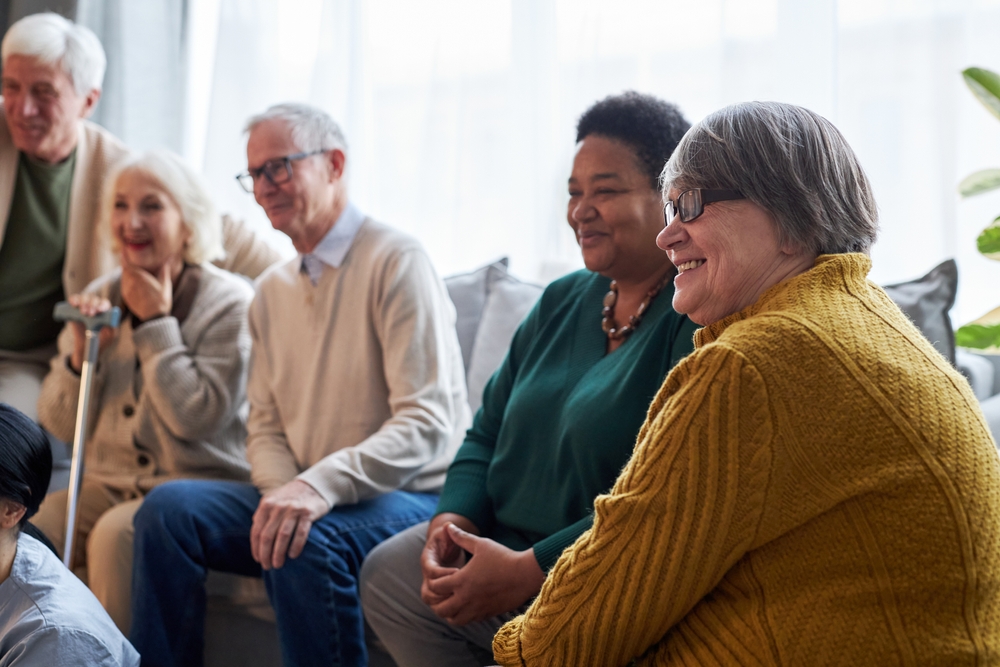Scoliosis in Adults: Does Scoliosis Get Worse With Age?

Some health conditions can get better with age, and some can get worse. Unfortunately, scoliosis tends to be in the second category. People with scoliosis have to learn how to manage their condition as they age, or the consequences can be dire. Even adults without scoliosis should be aware of how to manage their risk of developing it.
Two Types of Scoliosis
In the United States, around three million new cases of scoliosis are diagnosed every year. The majority of those cases are idiopathic scoliosis, developing in adolescents between the ages of 10 and 12.
When adults develop scoliosis, it’s typically between the ages of 60 and 70, and in a form called degenerative scoliosis. Though the causes of scoliosis are mostly unknown, we do know several things that contribute to the formation of degenerative scoliosis.
Understanding Scoliosis Management
Over the natural course of aging, virtually every structure supporting the spine is weakened. Our bones lose density, especially among women, who are at disproportionately greater risk for developing osteoporosis. By the time we’re 30, our muscles begins to shrink, causing the average man to lose nearly a third of his muscle mass over the course of a lifetime.
This leads to heavier loads on joints, including the spine. Degeneration of the disks responsible for holding the spine can lead to contact between bone, pinched nerves, and fatigue as the body tries to compensate for the structural imbalance.
Some of the most common scoliosis symptoms in adults include numbness, cramping, shooting pain in the legs, trouble walking, uneven hips or shoulders, and a loss of height. People also frequently experience fatigue from the extra strain placed on their lower back and legs.
Adult Scoliosis Prevention
Because weakening musculature contributes to scoliosis, strengthening the muscles responsible for supporting the spine can help. People who have scoliosis or are at risk for developing it should maintain a high level of activity. Low-impact exercises like swimming and yoga are often ideal solutions.
And conditions which affect bone health, like osteoporosis, can lead to degenerative scoliosis. Of the many ways to maintain good bone health, two of the most significant include losing excess weight and having a diet that’s rich with vitamin D and calcium. It also helps to quit smoking and to get at least seven hours of sleep so the spine can rehydrate.
Scoliosis Treatment in Adults
Very few people require surgery for scoliosis. It’s only necessary when spinal curvature continues to worsen beyond a certain point or when pain becomes unmanageable using alternative treatments.
For most people, conservative treatments produce the best results. Drugs that treat inflammation can help alleviate pain associated with degenerative scoliosis. They’re not a long-term solution. Rather, they are a means of helping patients work through the pain of rebuilding the strength necessary for daily life. Likewise, adults with scoliosis may use a special back brace or shoe orthotics to help with pain relief.
An Ounce of Prevention
Does scoliosis get worse with age? It doesn’t have to. It’s important to understand diet and exercise isn’t going to cure scoliosis. But for adults with scoliosis, taking these types of basic steps can prevent the problem from getting worse. And for everyone else, a healthy lifestyle can go a long way towards preventing adult-onset scoliosis.
Subscribe
Date: 2018-12-04


